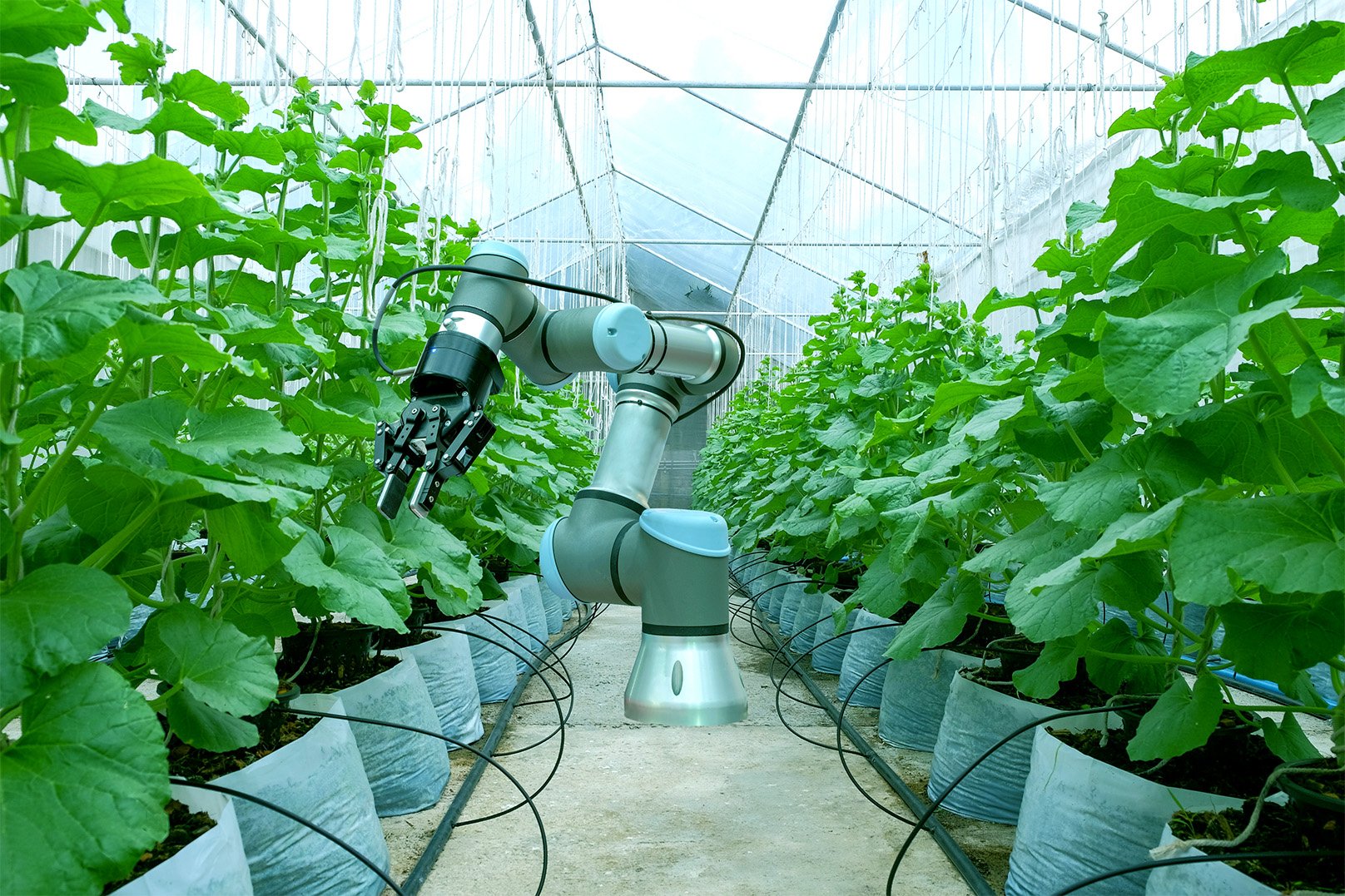Eating Insects - The Solution to a Big Problem?
New alternatives for growing demands
FUTURE PROOF – BLOG BY FUTURES PLATFORM
With human population numbers increasing, we can expect the demand for food to continue to grow too. This trend suggests we will have to produce more food to meet that demand, or reduce the food waste we currently create. Both are difficult, but possible. In this article, we discuss how something uncommon to Western nations - eating insects - might be the solution.
EATING INSECTS – THE SOLUTION TO A BIG PROBLEM?
It’s estimated that by 2050, global food demand will increase between around 60% to 100%. While one way to attempt to meet that demand is by increasing crop production. However, some believe that this need can be better matched by tapping into alternative foods. Well, an alternative to most of us, at least.
According to an article appearing on Forbes, experts seem to believe that our eating habits in the future will be quite different. One of the possible alternatives to meat is – you guessed it – insects. Insects are full of protein and are rich in essential micronutrients, such as zinc and iron. They also don’t need as much space as livestock. And, better yet, they have a much higher feed conversion efficiency over other animals (they can be twice as efficient in converting feed to meat as chicken, four times more efficient than pigs, and 12 times more efficient than cattle).
These are just some of the advantages. But they don’t stop here. According to FAO.org, though not permitted at the moment, insects can also be “raised” on biowaste. While at the moment, some shops like cricket farms feed the insects with high-quality feed such as chicken feed. Rearing them on biowaste would not only be environmentally friendly but also possibly more economical. Rearing insects instead of current livestock, such as cattle and pigs, could also reduce environmental pollutants by a factor between 10 and 100. This is no surprise, as the current livestock sector, including transportation and production, accounts for 18% of all greenhouse emissions.
Then we can talk about water. What most of us would deem an “essential right,” both the livestock sector and farming account for a large portion of total water consumption worldwide. In a world where we estimate that 1.8 billion people will be living under conditions of water scarcity by 2025, agriculture currently consumes around 70% of all freshwater in the world. Here, again, insects give us some hope, as it is estimated that they would require a far lower amount of water to go through the process.
On top of all this, we should perhaps not forget another incentive for adding insects to our meal plans. In the past few decades, we have seen significant growth in awareness of the conditions many animals experience in large parts of the animal food production industry. And while we are all aware of it, many of us nevertheless often turn a blind eye or shrug at the fact that there is little that could be done. Adding insects to our diets could be one way to contribute to improved animal welfare across the sector.
So, as we can see, turning to insects to complement our diets seems to be full of benefits.
But eating insects is nothing new for many parts of the world. According to Wikipedia, the caterpillar is consumed in southern Africa; grasshoppers, termites, crickets and other bugs are consumed by several ethnic groups in Indonesia; in Thailand, it’s not uncommon to see food stalls serving deep-fried insects in skewers; and even in certain parts of Japan, one can find bees served as traditional delicacies. In fact, eating insects appears so common that it is estimated there are about 2 billion consumers of insects worldwide in 80% of the world’s nations.
So when we think about it – how likely is it that insects will continue to be a part of the world’s diet and, indeed, maybe become a greater portion of it? One would think quite likely.
For that, however, insects must enter the Western cuisine, which is also responsible for an enormous portion of worldwide food production. That, unfortunately, might still take some time – perhaps a couple of generations.
Meanwhile, there are plenty of other good things on the horizon. According to the American Museum of Natural History, other possible solutions to meet growing food demands include algae, quinoa, emmer wheat, minor millets, “next generation fish farms,” test-tube beef, etc. Of course, one must not forget lab-grown meat, which we have already covered in this blog.
So while we still face significant challenges ahead, we can be confident that we have the tools at our disposal to overcome them. What the best solution is… time will tell.
Explore a database of 900+ future trends and scenario narratives created by a team of professional futurists on Futures Platform




In the era of curated experiences, food personalisation is on the cusp of becoming the next big health and wellness solution – but at what price for the consumer, and at what cost to those experiencing food insecurity? Can the industries involved collaborate to efficiently bring these bespoke foods to market without exacerbating (or possibly even alleviating) the global food shortage?